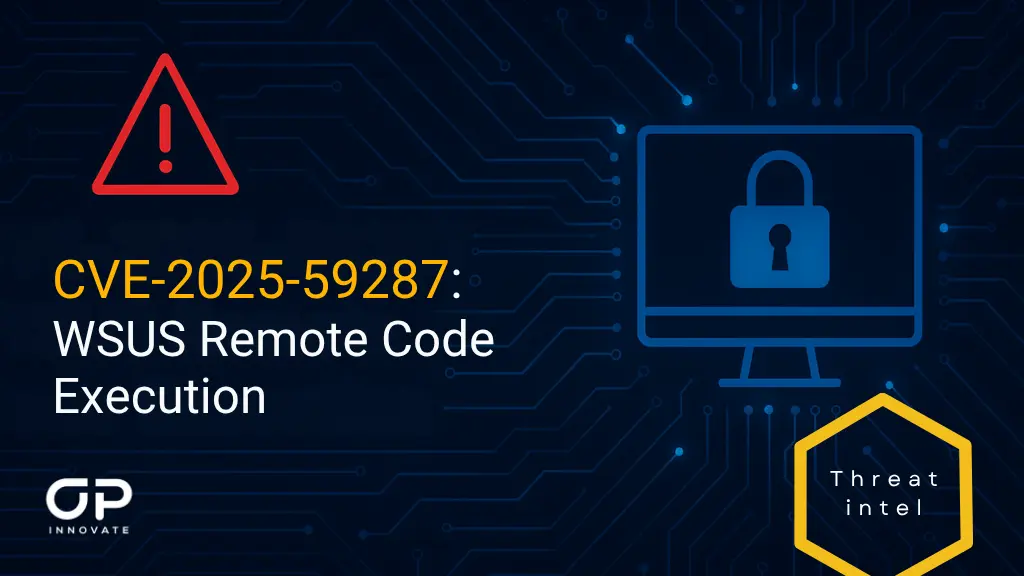Remember the SolarWinds attack? In 2020, hackers exploited vulnerabilities in the popular IT service management software and injected malicious code in a routine update. 30,000 organizations were affected by the hack, including Fortune 500 companies and government agencies.
But we don’t have to go back that far. More recent attacks, like the Kaseya ransomware breach and MOVEit vulnerability exploit in 2023, demonstrate that supply chain attacks are still a top concern.
These incidents highlight a harsh reality: even if your organization has strong defenses, vulnerabilities within your third-party vendors, software providers, or partners can expose you to significant risk.
How do you mitigate this risk? With regular penetration tests.
By simulating real-world attacks across your supply chain, pentesting will uncover all of your hidden weak spots—whether they exist in external networks, API connections, or software dependencies—before attackers can exploit them.
What is Supply Chain Security?
Your supply chain consists of all external vendors, suppliers, service providers, software dependencies, and third-party partners that contribute to your organization’s operations. These entities play a crucial role in ensuring smooth business operations, but each connection introduces potential vulnerabilities that attackers can exploit.
Every interaction—from cloud providers and SaaS platforms to payment processors and software libraries—presents a possible entry point for cyber threats. The worst part? You have limited control or visibility over how these third-party entities manage their security practices, leaving your organization exposed to risks beyond your immediate oversight.
In some cases, the IT department may not even be aware that a particular software or service is being used, a phenomenon known as shadow IT. These untracked tools, applications, or services operate outside the organization’s standard security protocols, making it impossible to monitor or patch.
That’s why supply chain security is critical—it ensures that every component, whether internal or external, is accounted for, monitored, and tested for weaknesses.
Recent Significant Supply Chain Attacks
- MOVEit Transfer Attack (May 2023): A ransomware gang called Clop exploited a zero-day vulnerability in Progress Software’s MOVEit Transfer tool. Over 2,600 organizations and 77 million people were impacted. Affected entities included New York City’s public school system, British Airways, and BBC.
- Okta Breach (2023): Threat actors gained unauthorized access to private customer data through Okta’s support management system. The breach went undetected for weeks, highlighting vulnerabilities in widely used authentication services.
- JetBrains TeamCity Servers Vulnerability (2023): The SolarWinds hackers exploited a critical vulnerability in JetBrains TeamCity servers. This potentially enabled remote code execution and administrative control, affecting numerous organizations.
- 3CX Desktop Apps Attack (2023): The desktop apps of 3CX, a communications software provider, were compromised. Attackers were able to execute malicious activities within victims’ environments.
- Applied Materials Supply Chain Disruption (2023): A cyber-attack on a business partner of semiconductor giant Applied Materials disrupted shipments. The incident potentially resulted in losses of up to $250 million.
- Cencora Pharmaceutical Attack (February 2024): A cyberattack on U.S. pharmaceutical solutions company Cencora led to data breaches in nearly a dozen partnering pharma firms. Affected companies included Bayer, Novartis, Regeneron, AbbVie, and others.
- CDK Global Ransomware Attack (June 2024): Affected approximately 15,000 car dealerships across the U.S. and Canada. The attack disrupted crucial software systems for running dealership businesses. It resulted in over $1 billion in collective losses for dealerships.
How Pentesting Strengthens Supply Chain Security
Penetration testing is precisely the tool you need to uncover hidden vulnerabilities throughout your supply chain and proactively address risks before they can be exploited by attackers.
It goes beyond traditional security audits by simulating real-world attack scenarios, providing a thorough assessment of your vendors, software dependencies, and third-party services.
By testing these connections, pentesting ensures that even indirect weaknesses—such as misconfigured APIs, outdated software, or shadow IT—are identified and remediated before they lead to serious breaches.
Additionally, penetration testing is one of the few tangible ways you can assess the security posture of your vendors (as it relates to your environment), without having to rely on security questionnaires and compliance documents that often miss hidden vulnerabilities.
Vetting your vendors in such a way clears your own organization in the eyes of regulators, as third-party risk management and due diligence are key components of popular compliance frameworks like GDPR, SOC 2, and others.
Types of Pentesting for Supply Chain
There are several types of penetration tests you can conduct to assess and strengthen different aspects of your supply chain’s security. Here are some of the most popular approaches:
- Network Penetration Testing: Evaluates the security of your network infrastructure and external connections with third-party vendors, ensuring there are no exploitable vulnerabilities that could provide unauthorized access.
- API Penetration Testing: Identifies weaknesses in the APIs used to connect with external partners, SaaS platforms, and other integrations, ensuring data flows securely between systems.
- Application Penetration Testing: Focuses on third-party software and web applications to uncover vulnerabilities in code, configuration settings, and software dependencies.
- Vendor or Third-Party Pentesting: Assesses the security of your key vendors and service providers to ensure their systems meet your security standards and don’t introduce hidden risks.
- Cloud Security Testing: Examines the configurations and security posture of cloud providers, ensuring that the data and workloads shared with cloud vendors are well-protected from unauthorized access or misconfigurations.
It’s very important to conduct these tests continuously, as supply chains are dynamic, with new connections being introduced almost every day.
A single missed vulnerability can lead to significant financial and operational consequences, which is where OP Innovate makes all the difference.
OP Innovate’s Approach to Supply Chain Pentesting
At OP Innovate, we understand that supply chain security is only as strong as its weakest link. That’s why we offer a comprehensive approach to pentesting through our penetration testing as a service (PTaaS) platform, WASP.
The main dashboard in WASP
WASP is designed to help organizations proactively uncover, manage, and mitigate risks throughout their entire supply chain. Our approach to supply chain pentesting includes:
- Continuous automated testing to uncover common vulnerabilities such as unpatched software, misconfigured APIs, and outdated dependencies
- Prioritization of vulnerabilities, so you can focus on the most critical risks first
- Seamless integration with dev workflows to streamline vulnerability mitigation, reducing MTTR by 75%
- On-demand access to CREST-certified professionals who conduct manual assessments to find hidden risks and help you remediate them
Our platform provides the insights and tools needed to maintain a secure supply chain, ensuring your organization can operate with confidence.
Be Proactive, Not Reactive
Reactive security methods are simply not effective when it comes to third-party risk. You never know which vendor, software dependency, or external partner might introduce a vulnerability into your ecosystem, and when you do, it’s often too late.
The dynamic nature of modern supply chains means that new risks can emerge at any time. By adopting a proactive approach through continuous pentesting, businesses can identify and resolve vulnerabilities as they emerge, rather than after they have been exploited.
This strategy not only strengthens your security posture but also helps build trust with clients and partners, demonstrating that your organization takes security seriously and actively works to bolster its cyber resilience.









